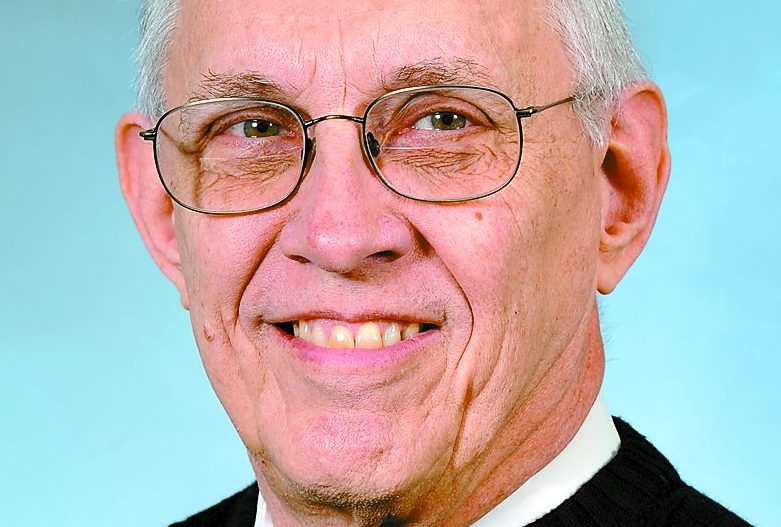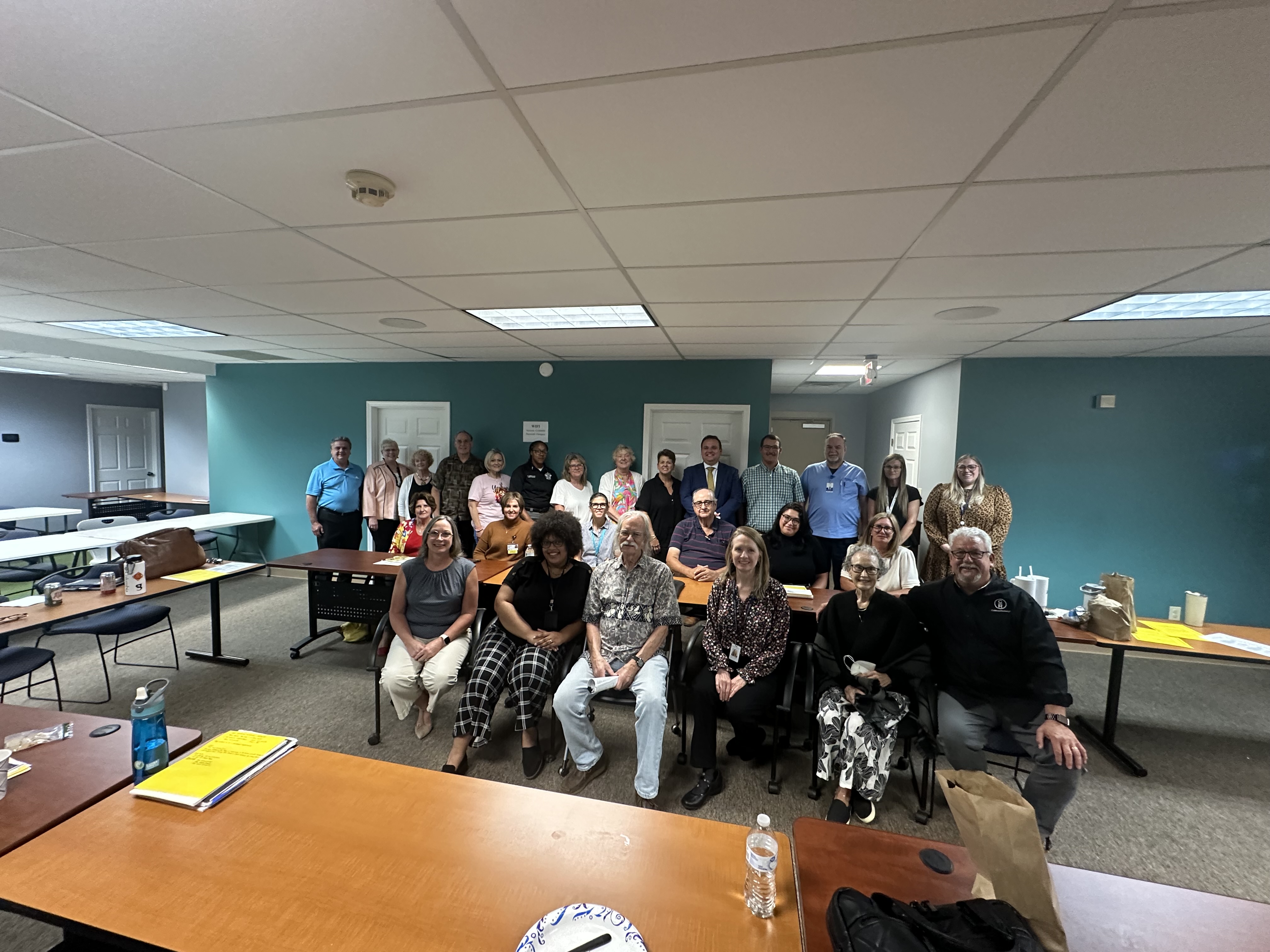Witt: Women need equal representation
Published 9:20 am Tuesday, October 30, 2018

- Chuck Witt is a retired architect and a lifelong resident of Winchester.
In one week, America will go to the polls to elect 435 representatives and 33 senators — plus two by special election.
This year a good many of the nominees for these offices will be women.
Women, as of now before the election, fill 107 seats in the U.S. Congress, 78 Democrats and 29 Republicans. That represents only 20 percent of the 535 members of Congress. Twenty-three women are in the Senate, representing 23 percent of that body and 84 sit in the House, representing a slim 19.3 percent there.
Trending
The previous highest number of women running for Congressional seats was 167 in 2016. As of Aug. 8, 185 women had won nominations to run as their party’s representative in the general election. Of those 185, only 13 are vying for Senate seats, five less than the number doing so in 2012.
Of the 185 female office seekers — there would possibly be more since some primaries occurred after August — 143 are running as Democrats.
If every single one of those women running were to win the election, their total representation in Congress would still only constitute 34.5 percent of the total — not counting the 12 current women Senators who are running to maintain their seats. Other women are challenging some of those women.
So, how do these figures for female representation stack up against general population statistics?
Women are 50.8 percent of the U.S. population, a slim majority but a majority nevertheless. Women earn 50 percent of all undergraduate degrees and 60 percent of master’s degrees, along with 47 percent of law degrees and 48 percent of medical degrees. They also constitute 59 percent of the college-educated, entry-level workforce.
So, why isn’t Congress more balanced, with more women holding positions?
Trending
Part of the answer might be the tradition. The first woman to be elected to Congress was Jeannette Rankin, who was seated in the House in 1916, over 100 years after that body was created.
Another possible answer might be the role that women played in society until well into the 20th century when they were mostly homemakers, not encouraged — and often discouraged from — to seek a place outside the home. World War II was instrumental in changing that, as women went into the workforce in numbers never before seen.
It’s interesting to note women were not even granted the right to vote until the 19th Amendment was ratified in August 1920, four years after Mrs. Rankin was voted into office.
Of course, women have entered the halls of power in many boardrooms and now in the Supreme Court, so they are making inroads … finally. But it took 192 years for the Court to be infiltrated, by Sandra Day O’Connor. And it was not until 1993 that Madeleine Albright became the first female Secretary of State, following in the footsteps of Thomas Jefferson, John Marshall, James Madison and Henry Clay, to name only a few.
2018 may see the most significant number of women ever to hold seats in the U.S. Congress. And even though their numbers will still not accurately reflect their presence in society, at least they are getting close.
Considering the mishmash men have made of that august body over a couple of centuries — and, some would argue, especially so right now — the ladies can certainly do no worse.
They’ve earned the right to have a go at it.
Chuck Witt is a retired architect and a lifelong resident of Winchester. He can be reached at chuck740@bellsouth.net.





